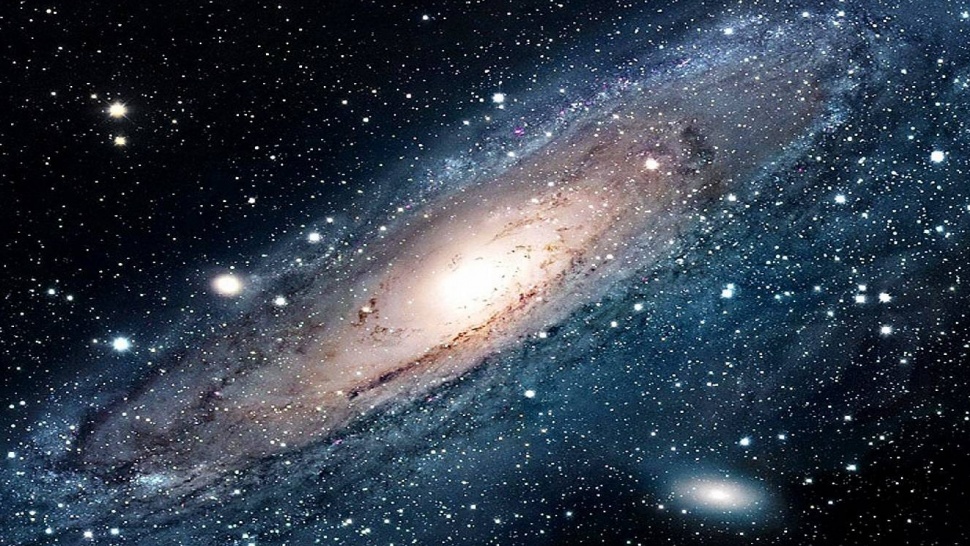Going deep into the Milky Way galaxy, NASA’s Hubble Space Telescope reveals a rich city of more than half a million stars. Nuclear star cluster is the most massive and densest star cluster in our galaxy and Hubble space telescope observed that cluster. So packed with stars, it is equivalent to having a million suns scattered into the volume of space between us and our closest stellar neighbor, Alpha Centauri.
At the very center of our galaxy, this star cluster surrounds the Milky Way’s central supermassive black hole, which is about 4 million times the mass of our sun.
Astronomers used Hubble’s infrared camera to see through the dust in the disk of our galaxy that black outs the star cluster. In this image, scientists translated the infrared light, which is invisible to human eyes, into colors our eyes can see. The red stars are either placed or shrouded by intervening dust. Extremely dense clouds of gas and dust are seen in silhouette, appearing dark against the bright background stars. These clouds are so thick that even Hubble’s infrared capability could not go through them.
Hubble's sharp vision allowed astronomers to measure the movements of the stars over four years. Using this information, scientists were able to infer important properties such as the mass and structure of the nuclear star cluster. The motion of the stars may also offer a glimpse into how the star cluster was formed -- whether it was built up over time by globular star clusters that happen to fall into the galaxy's center, or from gas spiraling in from the Milky Way's disk to form stars at the core.
This picture, spanning 50 light-years across, is a mosaic stitched from nine separate images taken in 2010 through 2014 with Hubble's Wide Field Camera 3. The center of the Milky Way is located 27,000 light-years away. The "snowstorm" of stars in the image is just the tip of the iceberg: Astronomers estimate that about 10 million stars in this cluster are too faint to be captured in this image.




Share the News